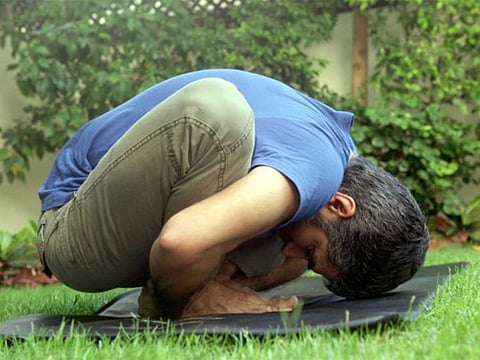Yoga for vertigo part 3
Bharat Thakur guides you through practices and wisdom of this ancient science of exercising

Through the previous segments we have understood what vertigo is, its causes and how yoga can help reduce the symptoms of this problem. In this segment, let us look at the preventive measures.
The practice of yoga is meant to improve the balance of body and mind. It strengthens the nervous system and improves the labyrinth, the organ in the ear that controls the balance of the body. Yoga helps in naturally rehabilitating the function of the inner ear.
Let us learn Malasana or the garland pose and see the benefits it has directly and indirectly on body balance.
Note: Though these postures are easy to do and can be done by all at home, as with all exercise, it’s advisable to consult a doctor before starting them.
MALASANA
Procedure:
Benefits:
Caution:
People with lower back and knee injuries should do this posture under professional guidance.
Follow Bharat Thakur’s Himalayan Challengers with Manjari Saxena on gulfnews.com
For more information call 800-YOGA(9642) or visit artisticyoga.com
Sign up for the Daily Briefing
Get the latest news and updates straight to your inbox



